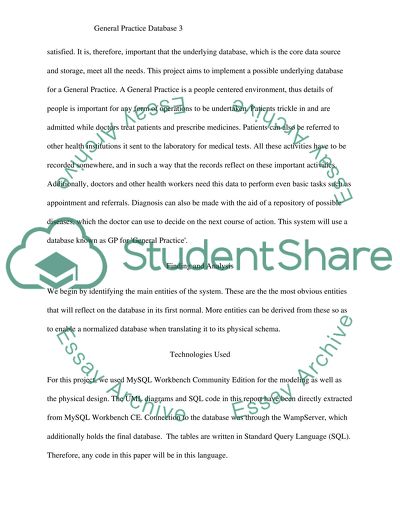Cite this document
(“Database Management Systems Lab Report Example | Topics and Well Written Essays - 2000 words”, n.d.)
Retrieved from https://studentshare.org/information-technology/1665279-database-management-systems
Retrieved from https://studentshare.org/information-technology/1665279-database-management-systems
(Database Management Systems Lab Report Example | Topics and Well Written Essays - 2000 Words)
https://studentshare.org/information-technology/1665279-database-management-systems.
https://studentshare.org/information-technology/1665279-database-management-systems.
“Database Management Systems Lab Report Example | Topics and Well Written Essays - 2000 Words”, n.d. https://studentshare.org/information-technology/1665279-database-management-systems.


